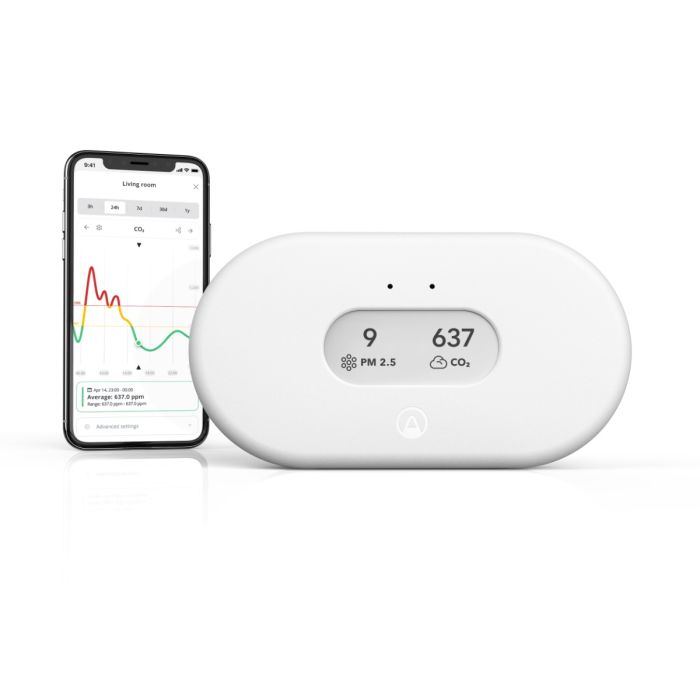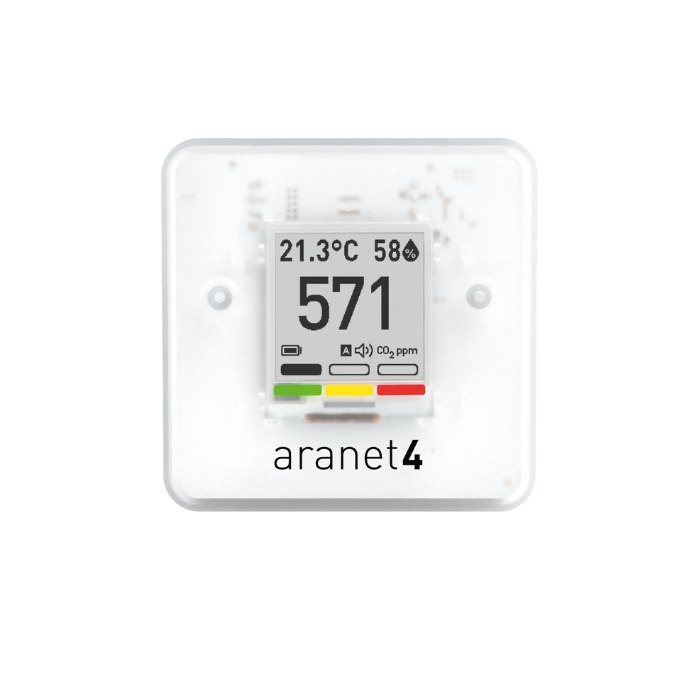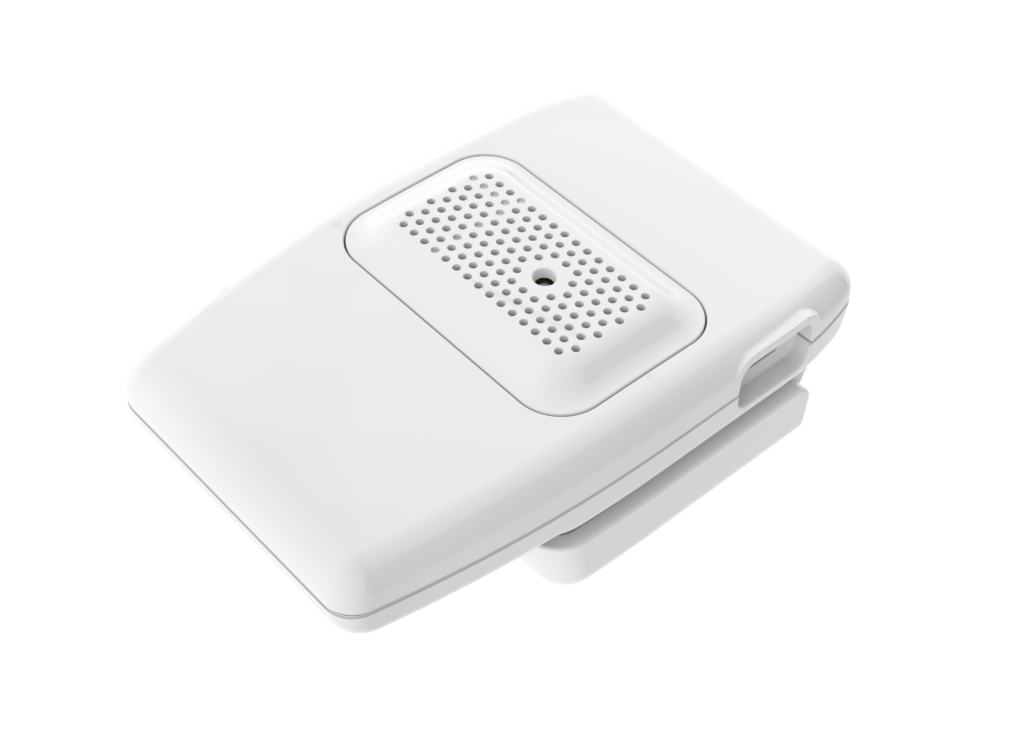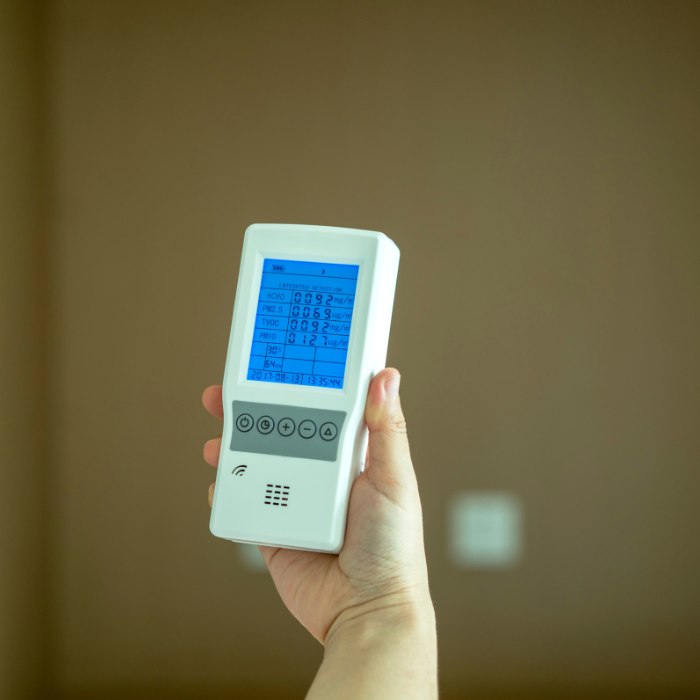In today’s world, awareness about air quality has become more important than ever. With increasing concerns about pollutants in our environment, especially indoors, knowing the quality of the air we breathe is vital. Air quality monitors have become an essential tool for maintaining healthy living spaces, ensuring that homes and offices remain free from harmful pollutants. This article reviews the best air quality monitors on the market, their features, and why they’re crucial for your health.
Why Monitoring Air Quality Matters
Indoor air pollution is often overlooked, but it can have serious health consequences. Contaminants like volatile organic compounds (VOCs), particulate matter (PM), and carbon dioxide (CO2) can build up indoors and contribute to respiratory issues, cognitive impairments, and even chronic illnesses. Poor air quality has been linked to allergies, asthma, and long-term health problems.
Most people focus on outdoor pollution, but indoor air can be just as problematic—especially in modern homes that are sealed for energy efficiency, which can trap pollutants inside. Monitoring air quality inside your home or office allows you to identify issues before they become harmful, enabling you to take immediate action.
Top Air Quality Monitors Reviewed
There are many air quality monitors on the market, but not all provide reliable results. Based on thorough testing and expert reviews, we’ve narrowed down the best options for monitoring different air pollutants and maintaining a healthy environment.
1. Airthings View Plus: Best Comprehensive Monitor

The Airthings View Plus is one of the most comprehensive air quality monitors available. It tracks a wide range of pollutants, including CO2, VOCs, PM2.5 (fine airborne particles), radon, humidity, temperature, and air pressure. This makes it ideal for users who want an all-in-one solution for monitoring various aspects of air quality.
One of the standout features of the Airthings View Plus is its user-friendly interface. The device has a screen that provides real-time readings at a glance, with color-coded indicators (green, yellow, red) to show if the air quality is good, moderate, or poor. It also connects to a companion app, allowing users to check air quality from their smartphone and view trend data. This can be particularly useful for identifying recurring pollution sources, such as traffic patterns or household activities. Airthings uses high-quality sensors, including NDIR (nondispersive infrared) technology for CO2 detection. These sensors are reliable and durable, with an expected lifespan of seven years. This ensures that the Airthings View Plus remains accurate and dependable over time, making it a worthwhile investment for long-term air quality monitoring.
Who it’s best for: Homeowners or office spaces looking for a comprehensive, easy-to-use air quality monitor that tracks multiple pollutants.
2. Aranet 4: Best for CO2 Monitoring

Carbon dioxide (CO2) levels are a key indicator of indoor air quality, especially in modern buildings with limited ventilation. High levels of CO2 can impair cognitive function and contribute to feelings of fatigue and sluggishness. The Aranet 4 is an excellent option for monitoring CO2, thanks to its accuracy and ease of use.
The Aranet 4 uses a non-dispersive infrared (NDIR) sensor, which is the gold standard for CO2 detection. It offers reliable, accurate measurements and has a lifespan of about seven years. The device features a clear display that shows real-time CO2 levels, and its companion app allows users to track long-term trends. This can help homeowners and business owners identify patterns of poor ventilation and take corrective action, such as opening windows or adjusting HVAC settings.
While the Aranet 4 primarily focuses on CO2, it also measures temperature and humidity, adding some versatility to its monitoring capabilities. For those concerned specifically with ventilation and CO2 levels, this is the go-to device.
Who it’s best for: Users focused on monitoring CO2 levels and ensuring proper ventilation in enclosed spaces.
3. Qingping Air Quality Monitor (Gen 2): Best for Modern Homes

The Qingping Air Quality Monitor (Gen 2) offers a sleek, minimalist design while tracking essential indoor pollutants like CO2, PM2.5, PM10, and TVOCs. It also monitors temperature and humidity, making it ideal for users who want comprehensive air quality insights.
With its high-precision laser particle sensor and dual connectivity (Wi-Fi and Bluetooth), users can view real-time data and historical trends via a companion app. Its vibrant display provides color-coded indicators for quick assessment of air quality.
Who it’s best for: Homeowners seeking a stylish yet effective multi-sensor air quality monitor.
For those who want a free, reliable way to monitor air quality, the AirNow app is an excellent choice. Developed by the Environmental Protection Agency (EPA), this app provides real-time air quality data based on readings from monitoring stations across the United States. It’s particularly useful for tracking outdoor air quality, which often affects indoor conditions.
The AirNow app offers detailed information about the Air Quality Index (AQI), which measures pollutants like ozone, particulate matter, and carbon monoxide. Users can search by zip code or location to get up-to-date information about their area, and the app’s easy-to-read interface makes it simple to understand whether the air quality is safe or hazardous.
While the AirNow app focuses on outdoor air, it can help users anticipate when outdoor pollution might affect indoor conditions. For example, during wildfires or periods of high pollution, the app can inform users to close windows or take other precautions to protect their indoor air quality.
Who it’s best for: Anyone looking for a free, reliable way to monitor outdoor air quality.
4. HibouAir CO2 Monitor: Best for Multi-Sensor Air Quality Monitoring

HibouAir provides comprehensive indoor air quality data by measuring CO2, temperature, humidity, VOCs, air pressure, and light. With its NDIR CO2 sensor and Bluetooth connectivity, users can easily track real-time air quality data via an app. Its high sensor accuracy and durability make it ideal for maintaining a healthy environment.
The HibouAir app offers real-time air quality monitoring, tracking key factors like CO2, PM2.5, humidity, and temperature. It provides a visual dashboard, historical data, alerts, and location-based monitoring for multiple devices. Users can also generate reports to analyze air quality trends over time, helping to maintain a healthy environment.
Who it’s best for: Homeowners looking for a multi-sensor indoor air quality monitor.
Common Problems with Low-Cost Air Quality Monitors
While high-quality air quality monitors like the Airthings View Plus and Aranet 4 offer reliable results, many low-cost options can be problematic. Inexpensive air quality monitors often suffer from inaccurate readings, particularly for VOCs and particulate matter. These devices may use low-quality sensors that degrade over time, leading to false or misleading data.
Additionally, many budget monitors have poor Wi-Fi connectivity or unreliable apps, which can make it difficult to track long-term trends or view real-time data remotely. For users serious about maintaining healthy air quality, it’s worth investing in a more reliable device to avoid the frustration and potential health risks associated with inaccurate monitoring.
Tips for Improving Indoor Air Quality
Regardless of the monitor you choose, there are several steps you can take to improve your indoor air quality:
- Use Air Purifiers: An air purifier with a HEPA filter can capture particulate matter like dust, pollen, and pet dander, improving air quality significantly.
- Ventilation: Proper ventilation is crucial for reducing CO2 and VOC levels. Regularly open windows or use exhaust fans to circulate fresh air and expel pollutants.
- Limit Pollutant Sources: Reduce the use of products that emit VOCs, such as harsh cleaning agents, paints, and certain air fresheners.
- Maintain HVAC Systems: Regularly change air filters in your heating and cooling systems to ensure they are functioning efficiently and capturing pollutants.
- Monitor Trends: Use air quality monitors to identify patterns, such as poor air quality during certain times of day or after specific activities (e.g., cooking or cleaning), and adjust your habits accordingly.
Maintaining good air quality at home or in the office is essential for health and well-being. While there are many air quality monitors available, choosing the right one can significantly impact reliability and accuracy. HibouAir is an excellent choice for indoor monitoring, providing real-time data on pollutants like CO2 and PM2.5. The Airthings View Plus offers a comprehensive all-around solution, while the Aranet 4 excels in CO2-specific monitoring. For those seeking a modern, stylish device with versatile tracking, the Qingping Air Quality Monitor (Gen 2) is a great option. Taking proactive steps to improve air quality leads to a healthier, more comfortable environment.

